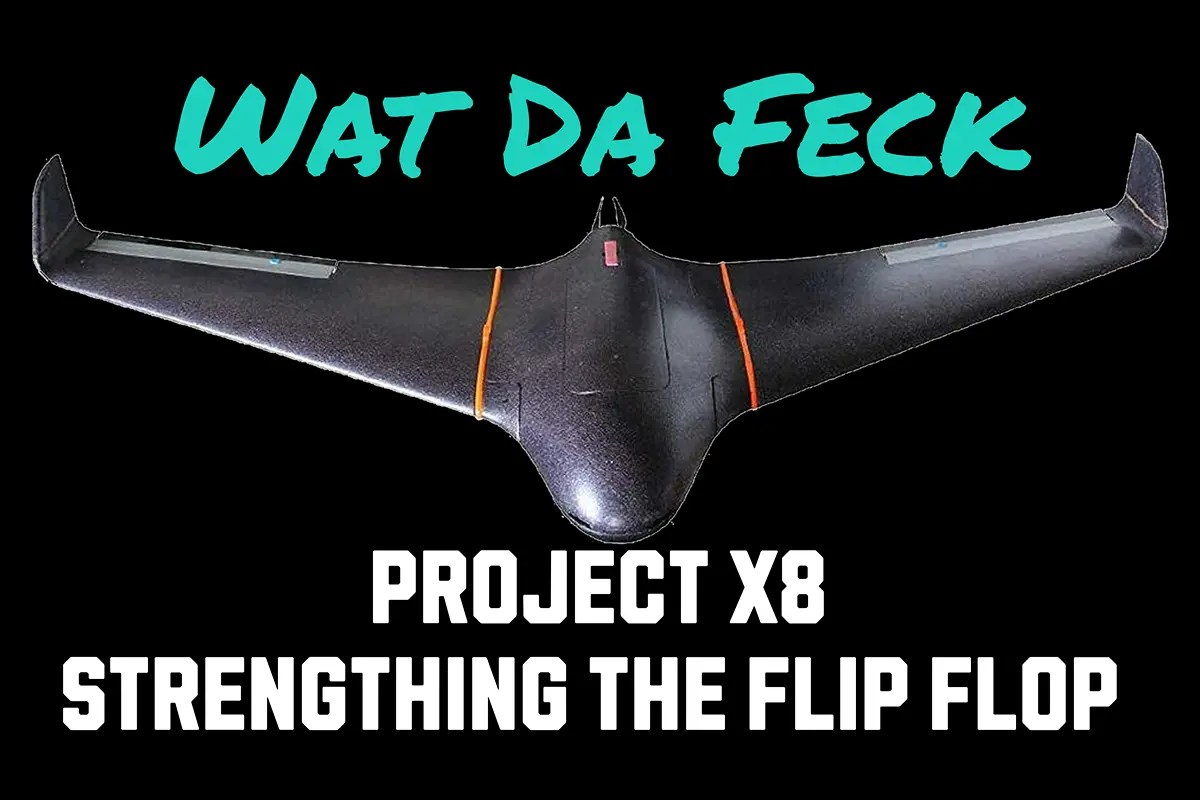When it came time to choose the brains behind the sticks — the radio link — we faced the classic question: Which control system actually deserves to fly the Skywalker X8?
There are plenty of contenders in the RC world: FrSky ACCST, FPort, Crossfire, Ghost, Tracer, even the older 2.4 GHz setups. But after running the numbers (and testing patience with firmware flashing), we went with ExpressLRS (ELRS).
Here’s why.
What is ExpressLRS?
ExpressLRS is an open-source, low-latency, long-range RC link project. Think of it as the Linux of radio control — lightweight, fast, community-driven, and constantly updated by enthusiasts who apparently never sleep.
It runs on both 2.4 GHz (for blazing speed and solid range) and 900 MHz (for insane range and better penetration), with modules and receivers from multiple vendors.
Pros of ELRS
⚡ 1. Low Latency
We’re talking as low as 4–7 ms end-to-end latency. That’s faster than most people’s reaction time after two coffees. For FPV and precise flying, this makes control feel snappy and locked-in.
📡 2. Long Range
Even at 2.4 GHz, people regularly push ELRS beyond 10–20 km. At 900 MHz, it goes further than most batteries or nerves can handle. For Project-X8, where long-range endurance is the whole point, this was a huge plus.
🔄 3. Open Source & Constantly Updated
New features drop all the time: dynamic power, better binding phrases, telemetry tweaks. It evolves faster than most closed systems ever could.
🛠️ 4. Binding Phrases (No More Stickers!)
Instead of fiddling with stickers and binding buttons, ELRS uses a unique binding phrase. Every receiver with that phrase binds automatically. Simple, secure, and no more “which RX belongs to which plane” confusion.
💸 5. Affordable Hardware
Receivers often cost £15–25 — a fraction of what you’d pay for Crossfire or Ghost. Modules are competitively priced too. Perfect if you like to spend your money on batteries, not radio monopolies.
🔋 6. Efficiency
Receivers sip power, and dynamic power adjustment on transmitters means less heat and longer handheld module life.
Cons of ELRS
⚙️ 1. Setup Can Be “Fun”
It’s open source. That means firmware flashing, Lua scripts, and the occasional head-scratching moment when a new update changes everything. It’s not “plug and play” in the way Crossfire is.
📶 2. Still Evolving
Because it’s community-driven, things move quickly. That’s good… but also means today’s “stable build” might be next week’s “deprecated method.”
📡 3. Hardware Variety = Mixed Quality
Since many vendors build ELRS-compatible receivers and modules, quality varies. Some are rock solid, others… less so.
🔋 4. Not Always Beginner Friendly
If your idea of setup is “bind and go,” ELRS might feel overwhelming at first. But once you’ve done it, it makes sense.
Why Not Crossfire, Ghost, or Tracer?
- TBS Crossfire: Legendary range and reliability, but higher cost, larger receivers, and not as low latency as ELRS.
- ImmersionRC Ghost: Excellent latency, but more expensive, with fewer hardware options.
- TBS Tracer: Very low latency but focused on racing — not the extreme range we want for Project-X8.
- FrSky ACCST/FPort: Solid for park flyers, but outclassed in both latency and range by ELRS.
Why I Chose ELRS for Project-X8
- Range + Efficiency: The X8 is being built for long endurance flights. ELRS gives the confidence to stretch distance without worrying about link quality.
- Latency: Even in autonomous modes, having ultra-low latency manual control is priceless for “just in case” moments.
- Cost: Receivers are cheap enough to fit out multiple planes without raiding the emergency fund.
- Flexibility: 2.4 GHz for general use, 900 MHz if needed. ELRS does both.
- Future-Proof: With such a huge community backing it, ELRS is only going to get better.
- Because I’m already running it elsewhere: Familiarity counts — it’s easier to maintain one ecosystem than juggling three.
Final Thoughts
ExpressLRS isn’t perfect. It can be a bit DIY at times, and it assumes you’re comfortable with firmware flashing and community-driven development.
But for Project-X8, the pros easily outweighed the cons: long range, low latency, affordability, and future-proofing. Add in the fact that the hardware is widely available and constantly improving, and it was an easy choice over Crossfire or Ghost.
In short: ELRS gives the Skywalker X8 the radio link it deserves — fast, reliable, and capable of going the distance.




